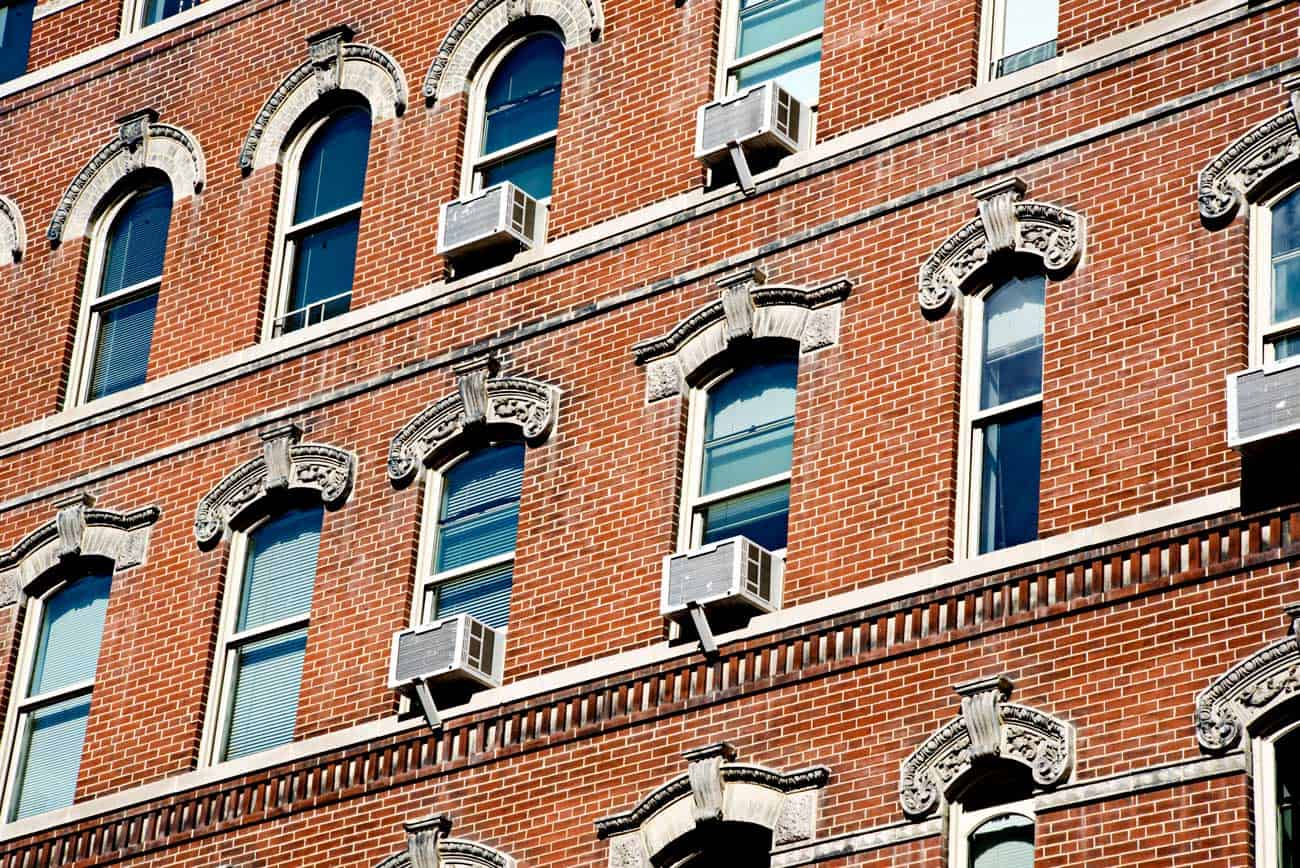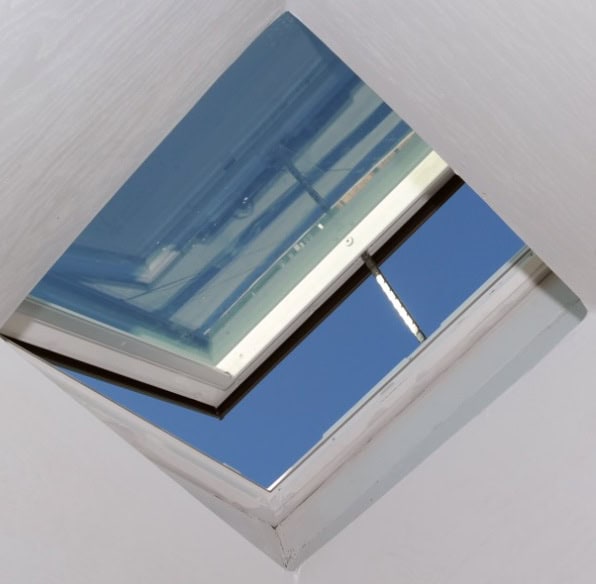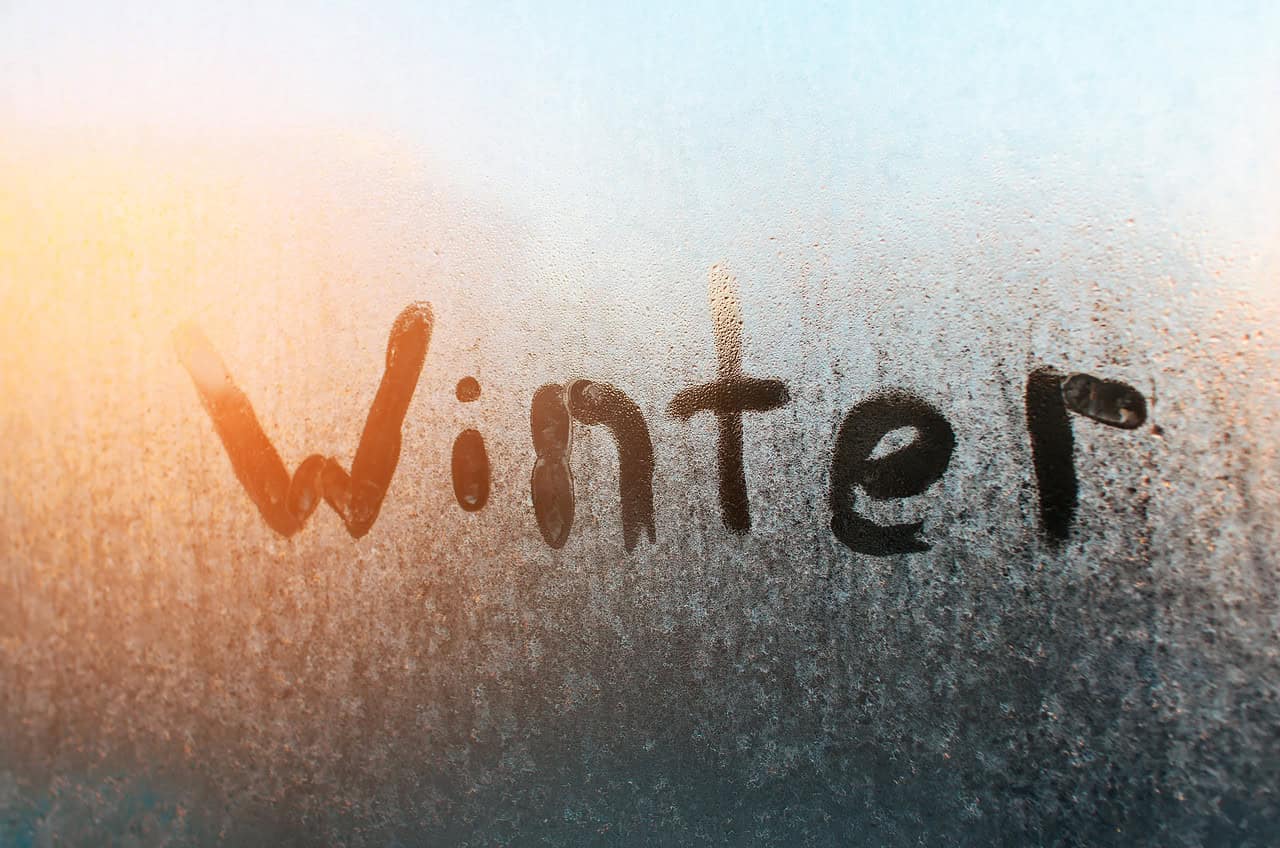Window Safety Awareness 101

The Importance of Window Safety
Windows, often seen as portals to the outside world, serve as both functional and aesthetic elements in our homes. However, beneath their seemingly benign appearance lies a hidden hazard that poses a significant risk, particularly to young children: falls.
In fact, falls from windows rank among the top five hidden hazards in the home, with alarming statistics revealing the severity of the issue. According to a report by SafeKids Worldwide, an average of eight children aged 5 and younger die each year from falling out of windows, while over 3,300 sustain injuries.
Understanding the Risks
Falls from windows can occur unexpectedly and with devastating consequences. Young children, in their natural curiosity and exploration, may inadvertently approach windows and lean against them, leading to accidental falls. Factors such as open windows, low furniture positioned near windows, and unsupervised play near windows significantly increase the risk of falls. Furthermore, reliance on insect screens as a safety measure proves ineffective, as these screens are designed to keep bugs out rather than to prevent falls.
Preventive Measures
In light of the grave risks associated with falls from windows, proactive steps must be taken to mitigate these dangers and safeguard our loved ones. The Window Safety Task Force offers a comprehensive set of guidelines aimed at preventing accidental window falls:
- Window Locks and Supervision: Keep windows closed and locked when young children are present. When opening windows for ventilation, ensure they are out of a child’s reach. Supervise children to prevent unsupervised access to windows, balconies, or patio doors.
- Furniture Placement: Avoid placing furniture near windows to deter children from climbing and gaining access to open windows. Discourage children from jumping on beds or other furniture near windows to minimize the risk of falls.
- Safety Devices: Install ASTM F2090-compliant devices, such as window limiters or window guards with quick-release mechanisms, to restrict how far windows can open and prevent falls. Educate children on safe window use, particularly in emergencies like fires, to empower them with life-saving knowledge.
Addressing Additional Safety Concerns
In addition to the risk of falls, window coverings with cords pose another potential hazard to young children, with incidents of strangulation reported each year. To mitigate this risk, it is crucial to opt for cordless window coverings or those with inaccessible cords. Free retrofit kits are available to replace older corded window coverings, ensuring the safety of young children in homes.
Windows as Emergency Escape Routes
Despite the risks associated with falls, windows can also serve as vital emergency escape routes in the event of fires or other emergencies. Building codes mandate the presence of secondary escape routes in sleeping areas, often fulfilled by windows. It is essential to create a home fire escape plan that includes practicing fire escape routes through doors and windows, particularly at night when most home fires occur. Understanding emergency escape building code requirements and utilizing impact-resistant glass or egress windows can further enhance safety measures.
Take Away
As homeowners and caregivers, it is our responsibility to prioritize the safety of our loved ones by addressing the hidden hazards associated with windows. By implementing preventive measures, such as window locks, safety devices, and cordless window coverings, and educating ourselves on emergency escape procedures, we can create a safer living environment for our families. Let us not overlook the significance of window safety and take proactive steps to protect those we hold dear.











